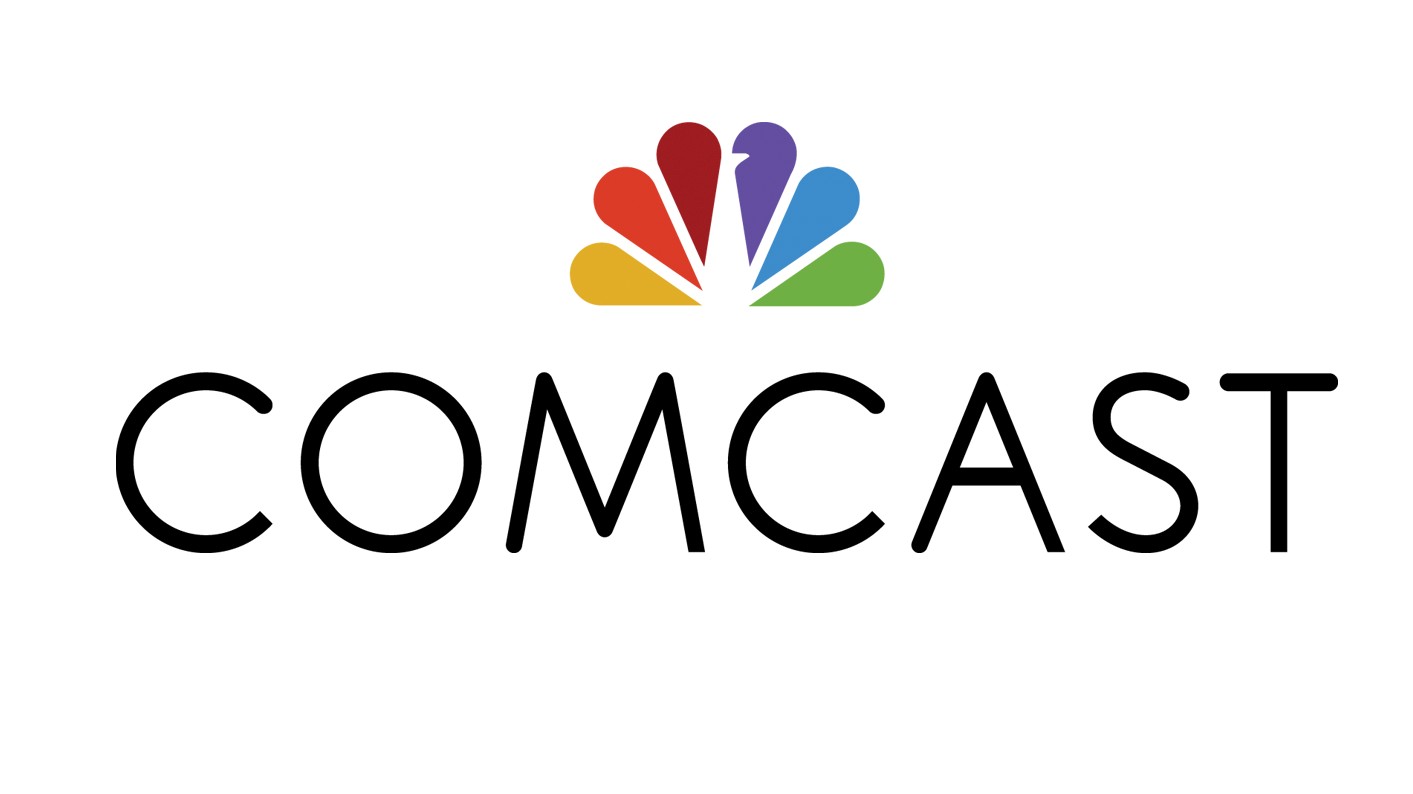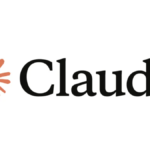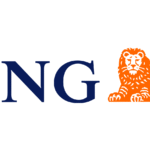Comcast Corporation is one of the largest media, entertainment, and telecommunications companies in the world. To understand who owns Comcast, it’s important to look at its ownership structure, its major shareholders, its leadership, and how control is maintained.
Company Overview
- Founded: 1963, by Ralph J. Roberts, along with Julian A. Brodsky and Daniel Aaron.
- Headquarters: Philadelphia, Pennsylvania, USA.
- Business Operations: Comcast operates through key divisions including broadband/internet (Xfinity), cable networks, media & entertainment (notably through NBCUniversal), and international operations via Sky.
Ownership and Control Structure
Public Shareholders & Institutional Ownership
- Comcast is a publicly traded company listed on the NASDAQ, ticker CMCSA.
- A large portion of its shares are held by institutional investors. Some of the biggest institutional shareholders are Vanguard Group, BlackRock, State Street, Capital Research & Management, and Dodge & Cox.
- According to the latest available data, the institutional investors own over 80-85% of Comcast’s outstanding shares (Class A common stock) while insiders and individual shareholders own a smaller portion.
Dual Class Share Structure & Brian L. Roberts’ Control
One of the key features in Comcast’s ownership is its dual class share structure, which gives different classes of stock different voting powers.
- Comcast has Class A common stock and Class B common stock.
- Brian L. Roberts (son of founder Ralph J. Roberts) holds all the Class B shares, which have supervoting rights (much higher voting power per share than Class A).
- Although Roberts owns only about 1% of the total shares in terms of equity (i.e. number of shares) his Class B shares grant him about 33.3% (one-third) of the total voting power. This lets him exercise significant control over the company’s decisions.
Board of Directors and Executives
- The Chairman and CEO is Brian L. Roberts.
- Other executives include Michael J. Cavanagh (President), Jason S. Armstrong (CFO), and a range of Executive Vice Presidents handling different functions.
- Comcast’s Board of Directors comprises both independent and non-independent directors. The existence of independent board members helps balance governance, but the supervoting Class B shares give Roberts effective control regardless.
Key Acquisitions & Subsidiaries Which Affect “Who Owns What”
Ownership isn’t only about shareholding; what Comcast owns (subsidiaries and media businesses) is also relevant.
- In 2009-2013, Comcast acquired NBCUniversal from General Electric. It first bought a majority stake in 2011, then acquired full ownership in 2013. NBCUniversal includes NBC, Telemundo, Universal Pictures, cable networks like Syfy, CNBC, MSNBC, and theme parks among other assets.
- Comcast also owns Sky Group, a large European media and telecommunications company (UK, Germany, Italy, etc.). This gives Comcast major international reach.
What “Ownership” Means in Comcast’s Case
Because Comcast is public, there are two layers of “ownership” to consider:
- Equity ownership (who owns shares) — mostly institutional investors; small proportion held by individuals/insiders.
- Voting / control rights — due to the dual class share system, even a small equity ownership (Class B shares) can translate into large governance control (voting power).
Thus, although Brian L. Roberts may not own a large percentage of the total number of shares, his control of all the Class B shares gives him effective control of the company’s strategic decisions.
Summary
- Comcast is majority publicly owned via many institutional investors.
- Brian L. Roberts, via Class B shares with super voting power, holds control over about 33% of voting power, though his equity share is small (≈1%).
- The Board of Directors provides oversight, but the voting structure ensures Roberts’s decisions carry weight.
- Comcast’s key assets (NBCUniversal, Sky, etc.) further bolster its status as a media and telecom giant.



